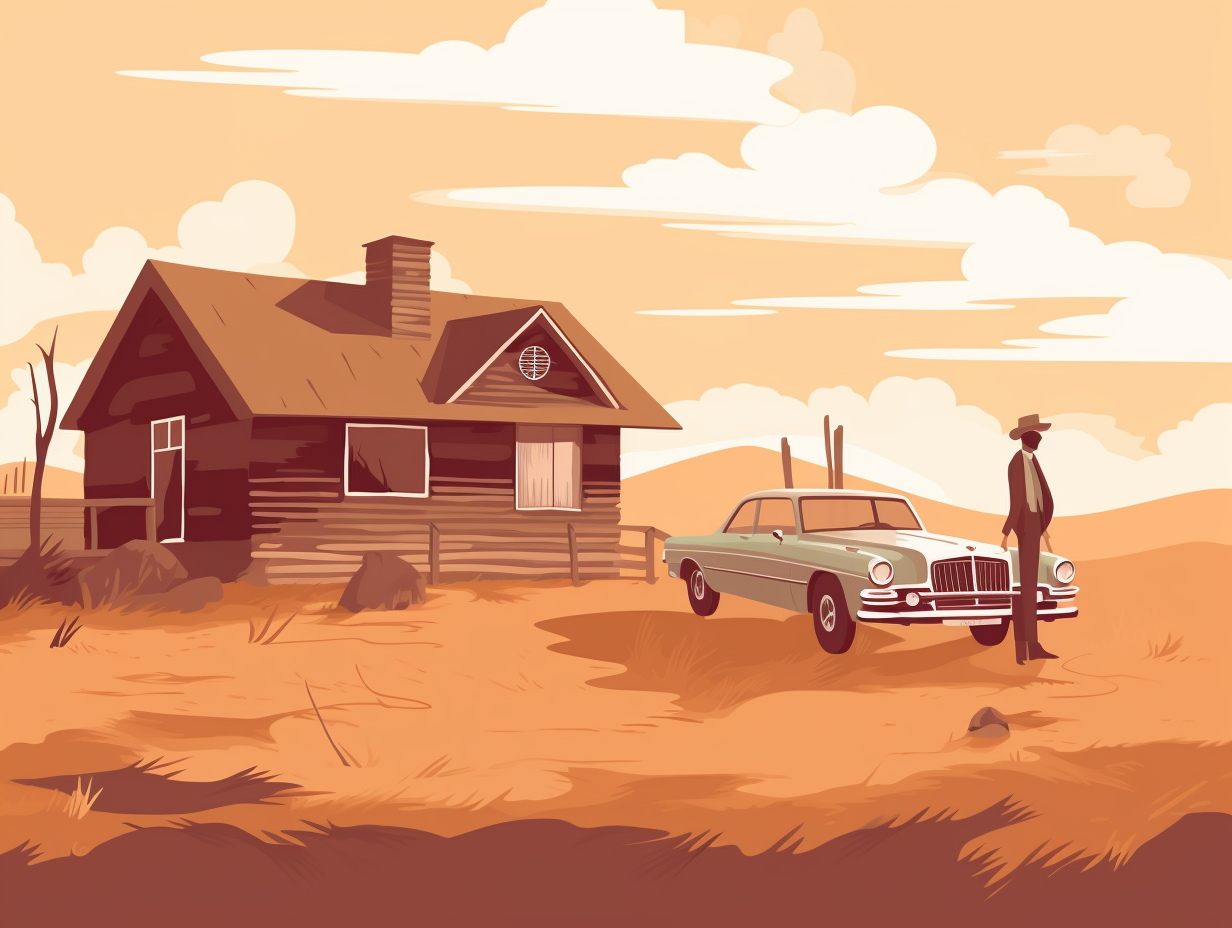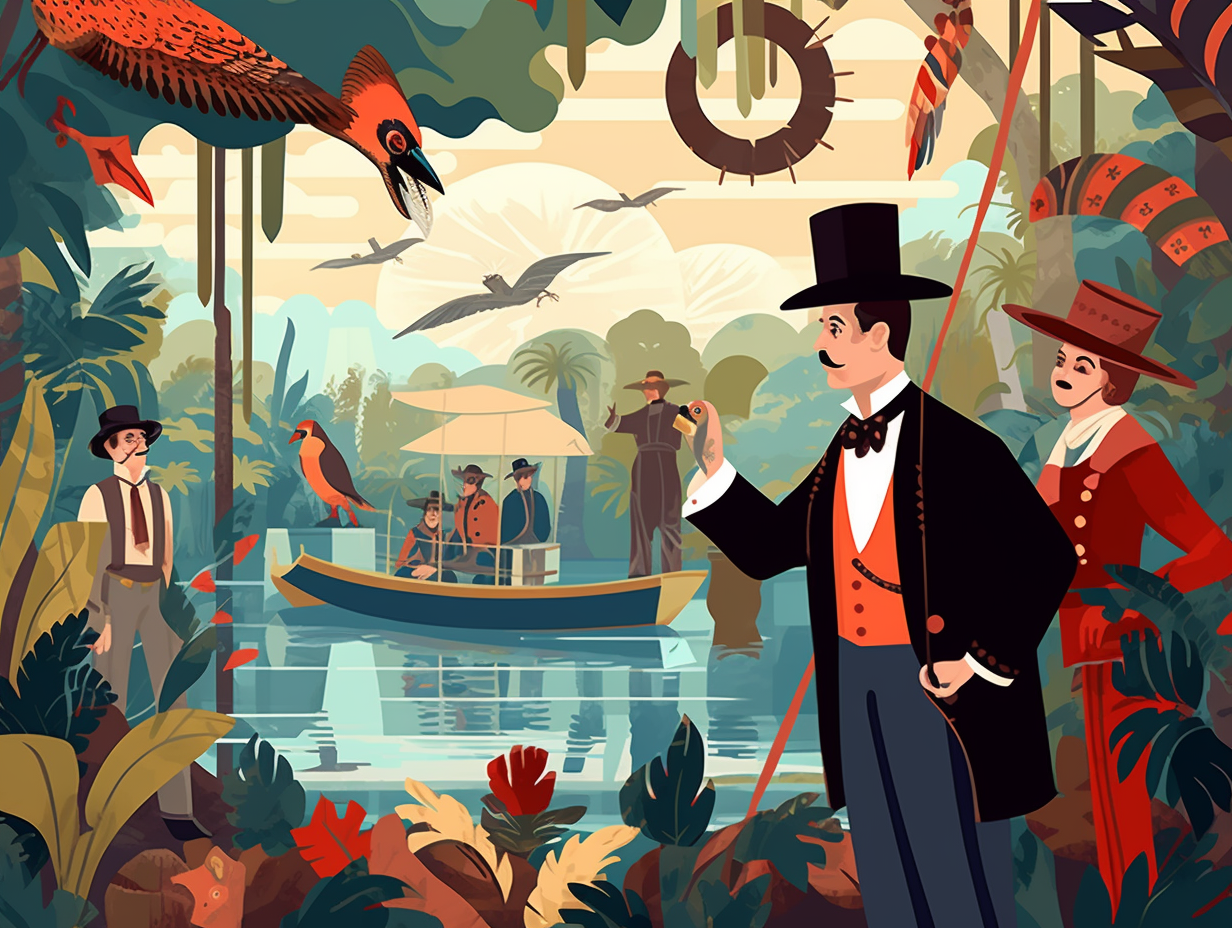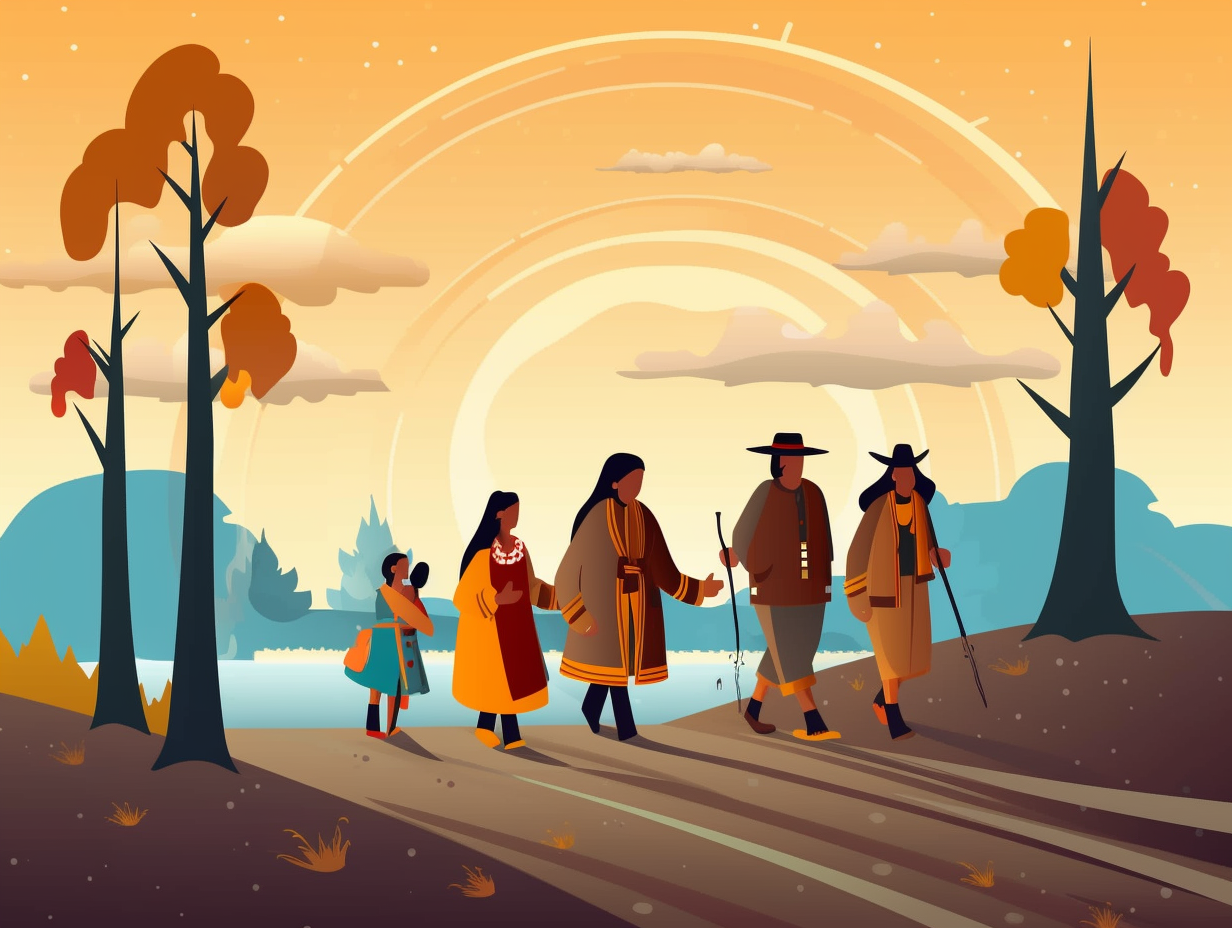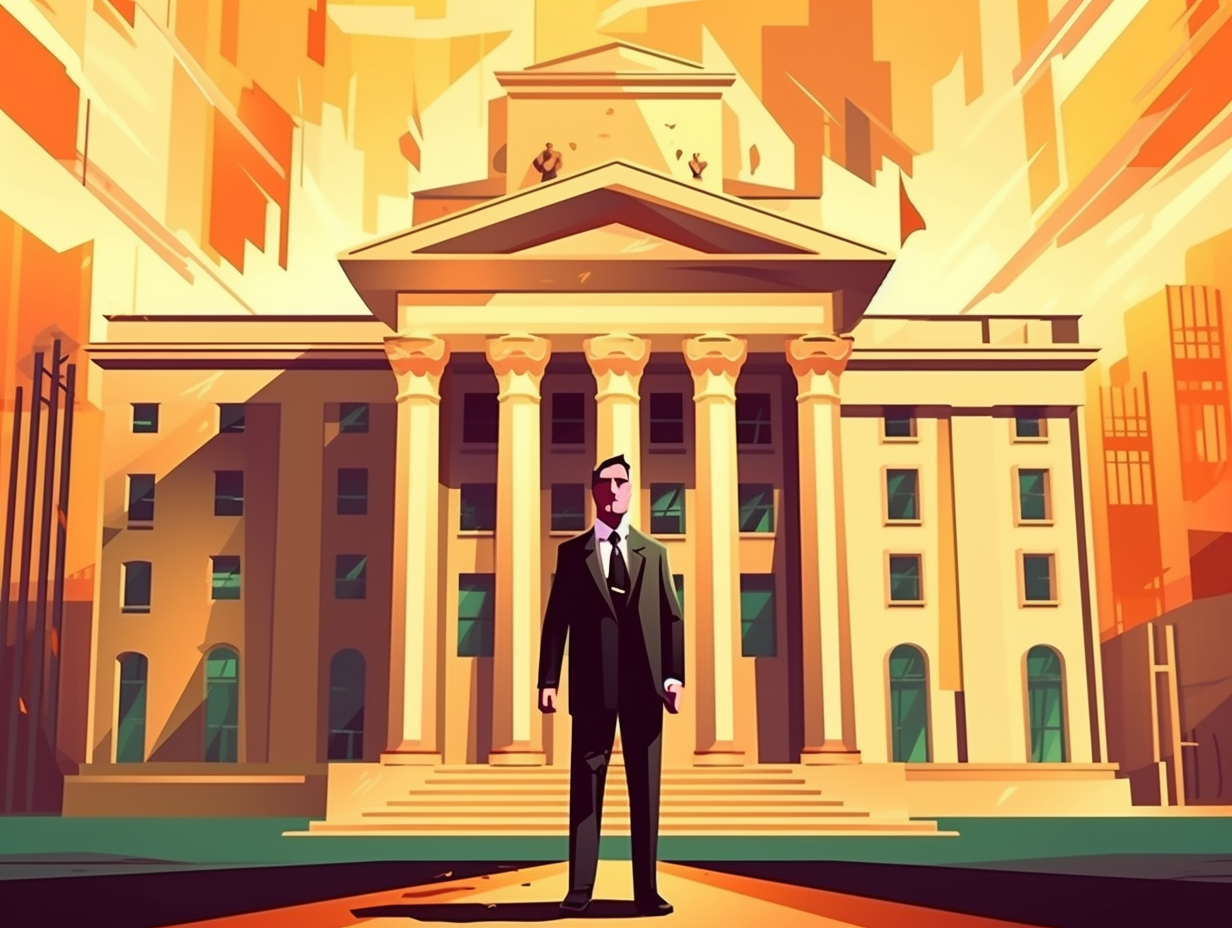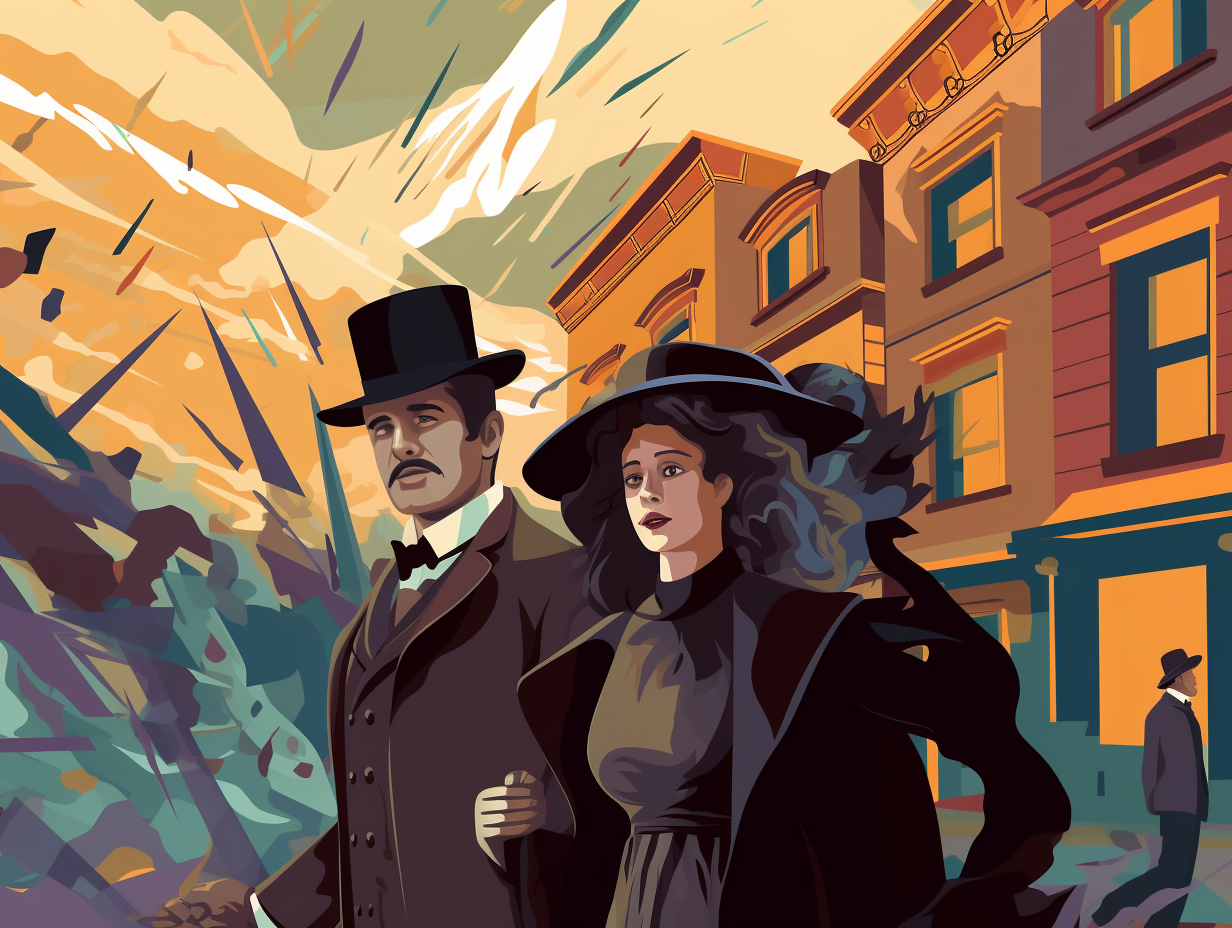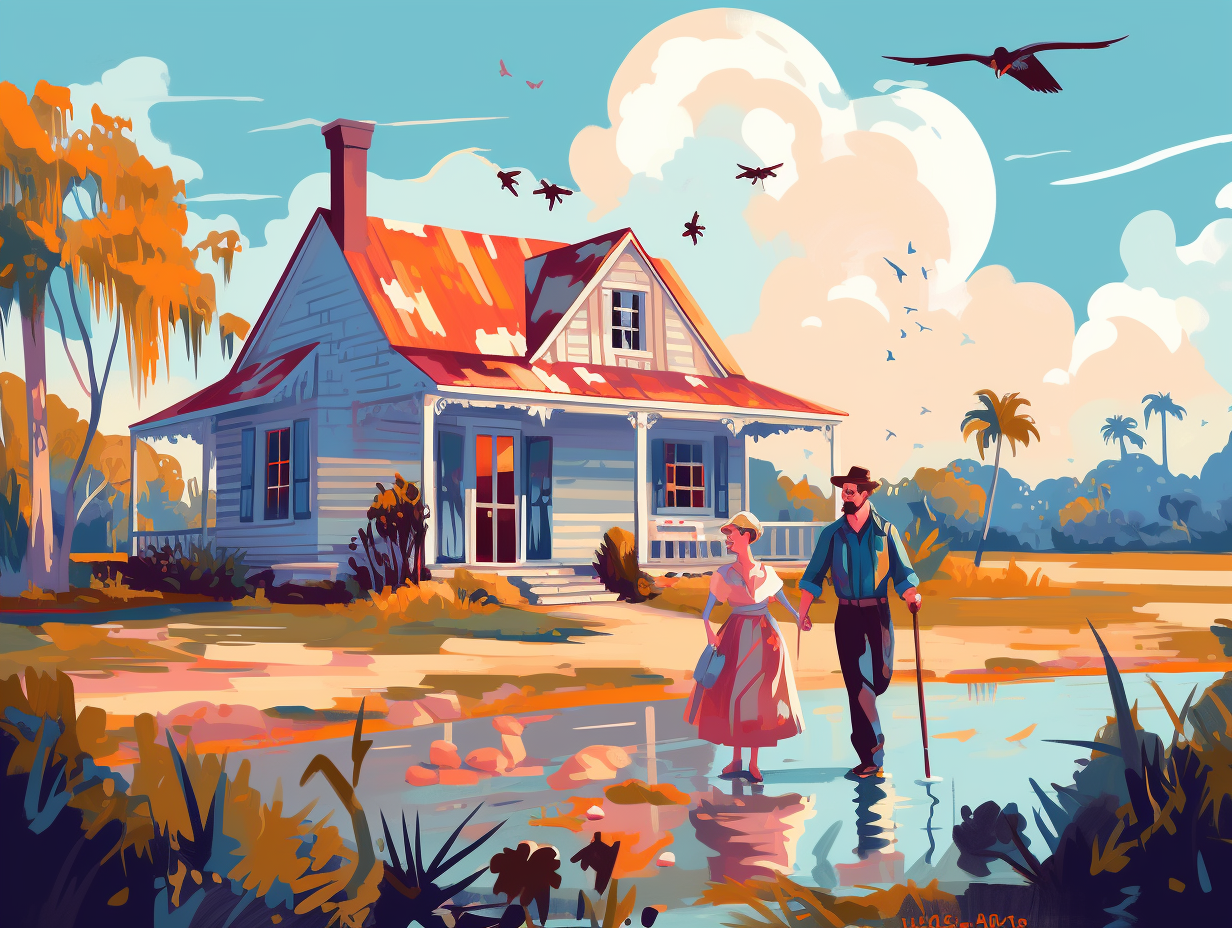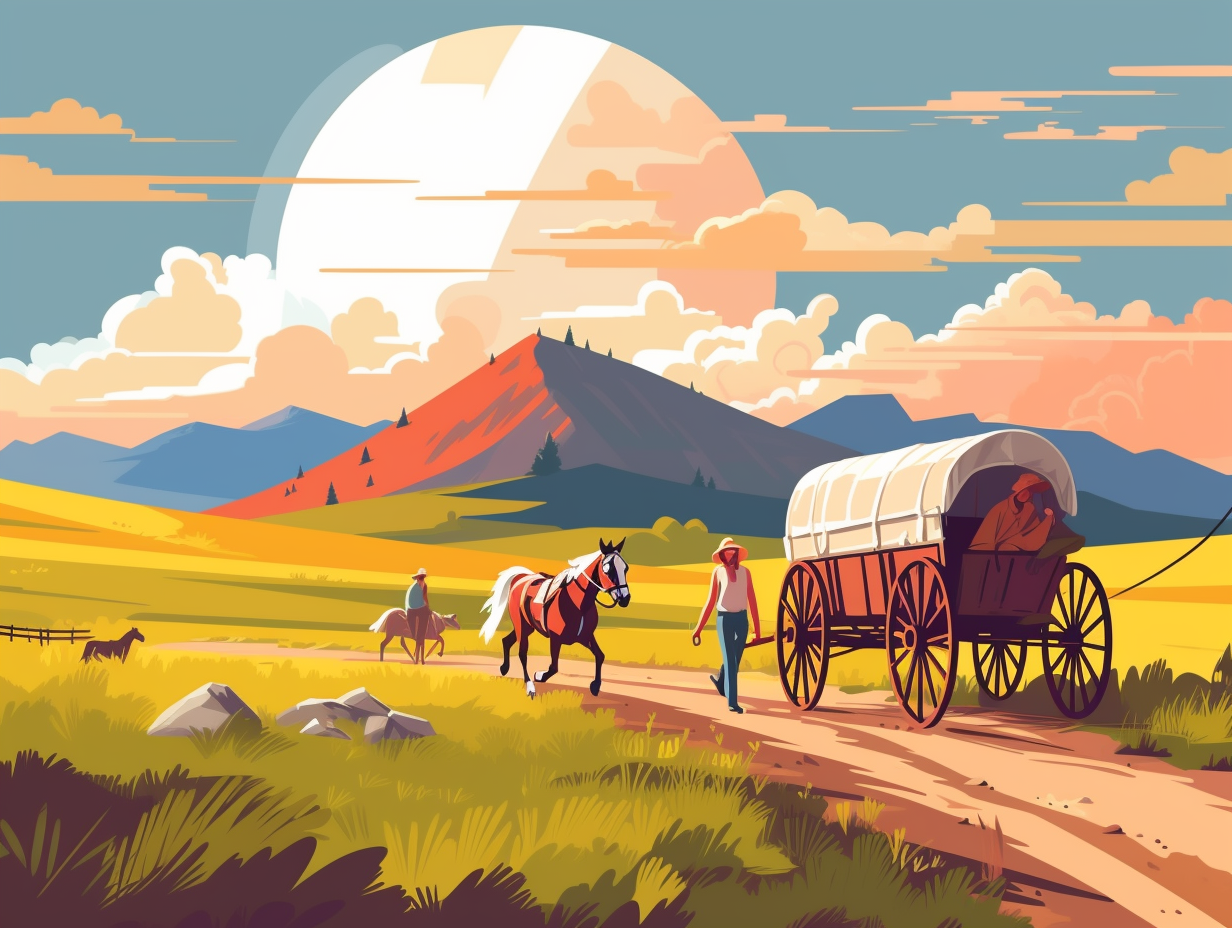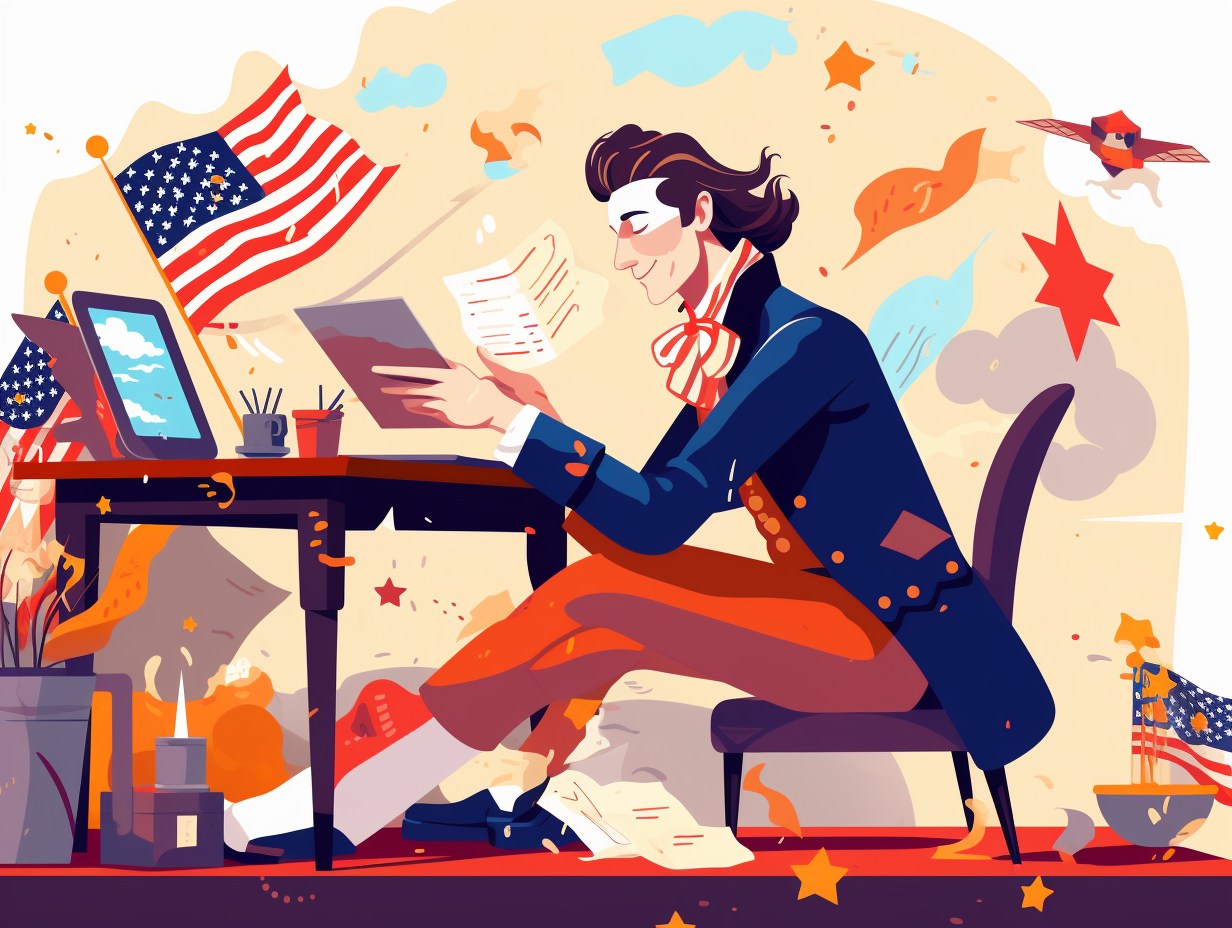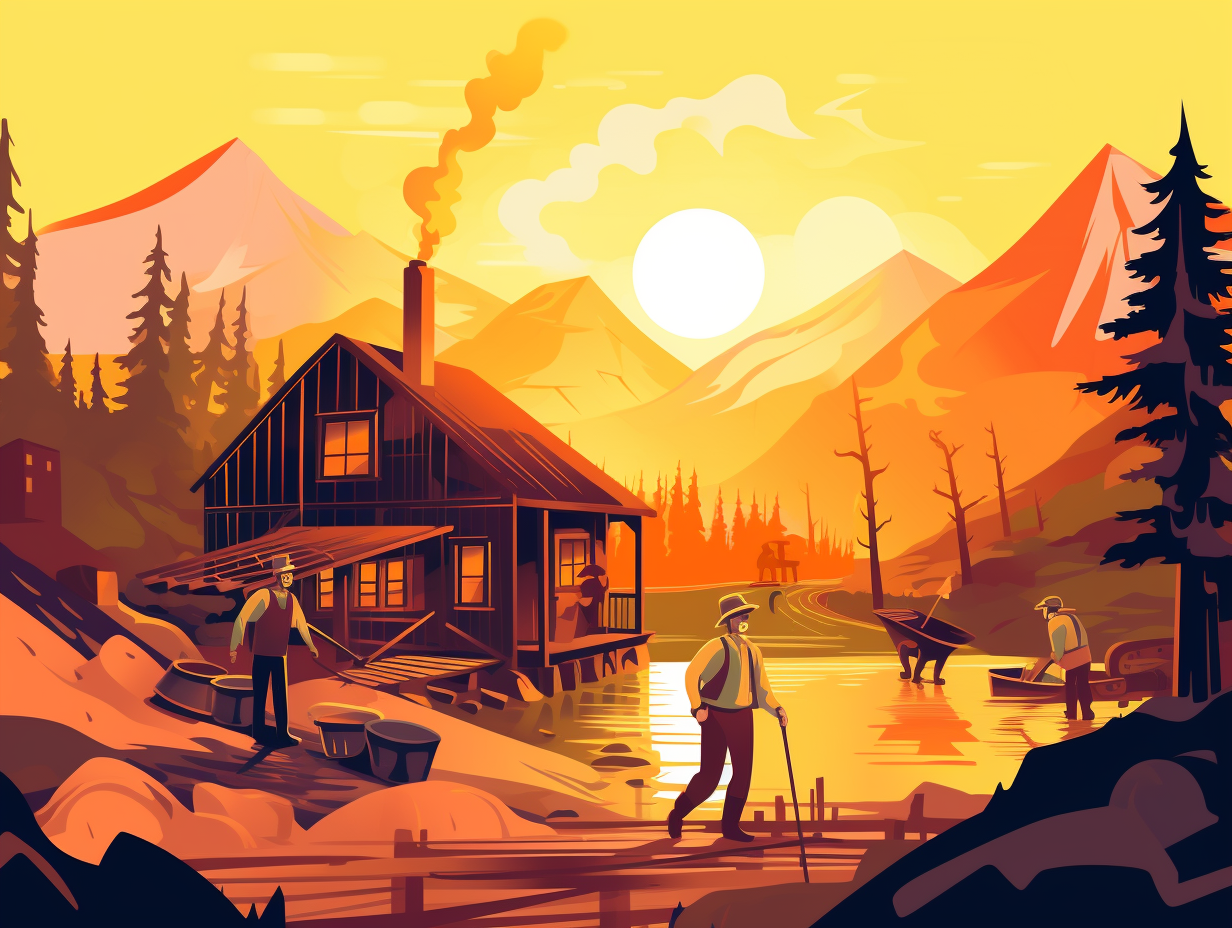Swing into the Past: Top 11 Entertaining Fun Facts About the 1940s You Never Knew
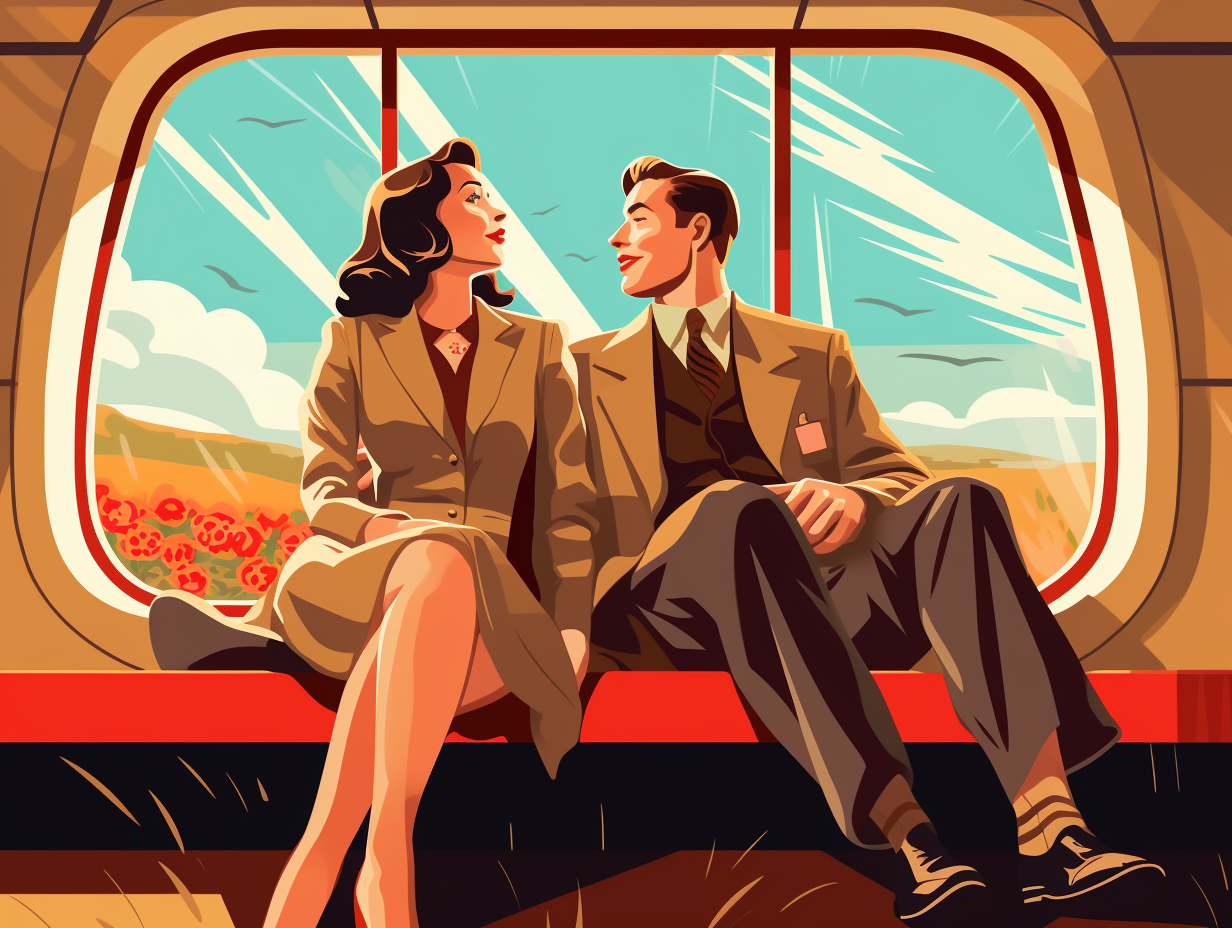
1. Truman's Televised Takeover
Before Harry "Tele-trailblazer" Truman became famous for painting the White House green with envy for his sharp televised presence, he had the small screen 'change the channel' on the way presidential campaigns were done: In 1948, Truman became the first presidential candidate to broadcast a paid political ad, altering the face of campaigning forever, and later making the first-ever televised presidential address from the White House in 1947 – despite the scarcity of TV sets in American homes at the time, this move forged a path for future presidents to ride the airwaves to communicate with their constituents.
Source => history.com
2. Walkie-talkies at War
Before cell phones and pagers had their heyday, the real party line was a military affair, involving a big backpack and a whole lot of hand-to-hand action: In 1941, Motorola developed the world's first handheld walkie-talkie, the AM SCR-536 transceiver, used by military squads during World War II. This compact communication device, dubbed the Handie-Talkie, was crafted by the brains of Dan Noble, Henryk Magnuski, Marion Bond, Lloyd Morris, and Bill Vogel, and powered by high voltage dry cell batteries to keep soldiers connected with their commanders.
Source => en.wikipedia.org

Did you know the USS Yorktown went from Pearl Harbor to a game-changer at the Battle of Midway in just six months? Discover how this damaged ship made a legendary comeback!
=> Fun Facts about Pearl-Harbor
3. Mold to the Rescue
When mold got a makeover and turned into a lifesaver: During World War II, pharmaceutical and chemical companies like Merck, Pfizer, Squibb, Abbott Laboratories, and Lederle Laboratories dramatically ramped up penicillin production from 21 billion units in 1943 to a whopping 6.8 trillion units in 1945. This wonder drug, derived from humble mold, proved indispensable for treating surgical and gonococcal infections, as well as syphilis, and made its public debut in the US by 1945.
Source => acs.org
4. ENIAC: The OG Computer
When ENIAC came to town, it wasn't exactly a computer you could fit in your pocket: In 1946, the Electronic Numerical Integrator and Computer (ENIAC) was revealed as the first general purpose electronic computer, boasting a whopping 5,000 additions per second, but no internal storage, meaning it had to be manually programmed every time you wanted to crunch some new numbers.
Source => penntoday.upenn.edu
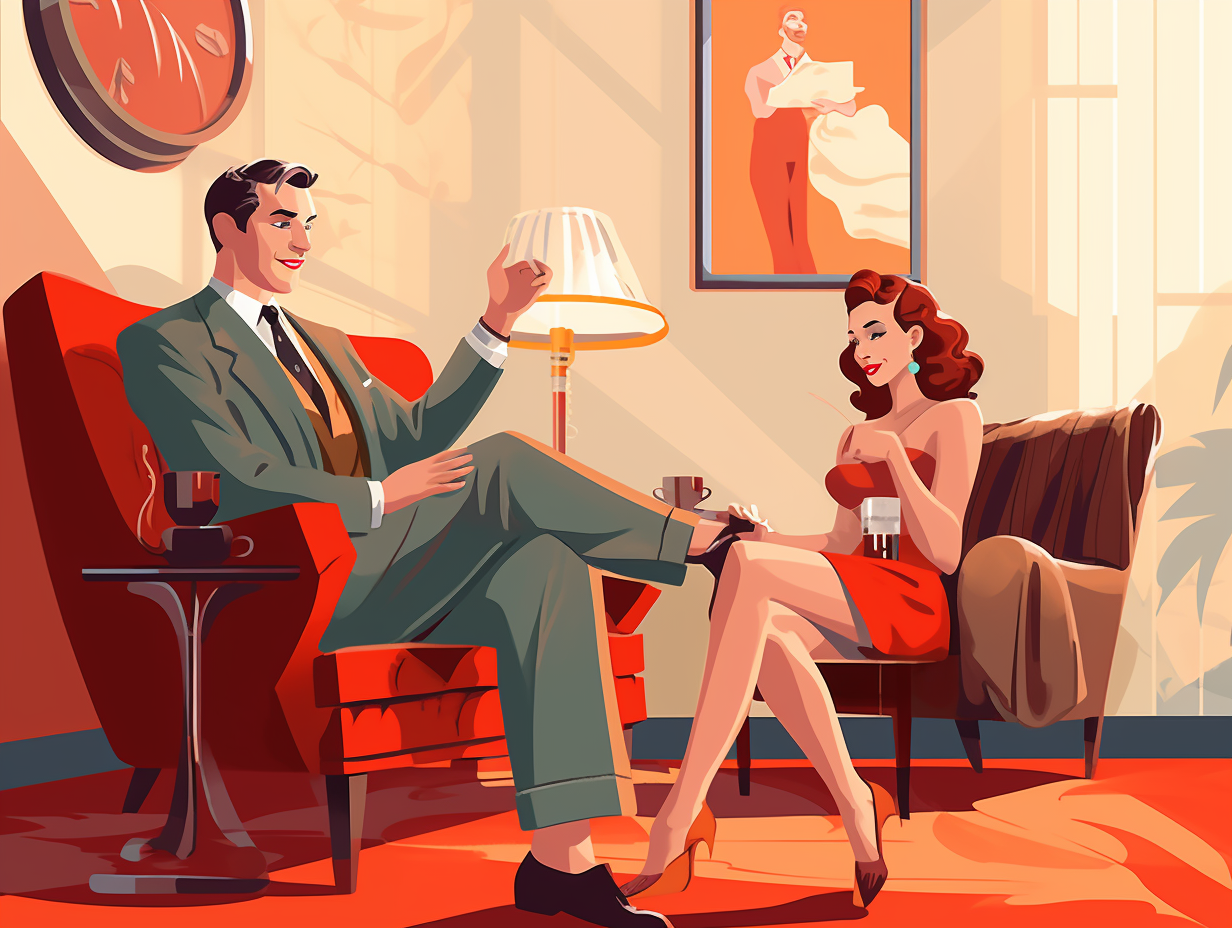
5. Ski-lifts on Slopes
Before ski-lifts were as cool as chair-lifts, and snow bunnies relied on their own power to traverse the slopes, Old Glory came to the rescue installing the very first chairlift in this winter wonderland: Invented in 1936 by Union Pacific Railroad at their Sun Valley Resort in Idaho, the original chairlifts were based on a design by their lead bridge engineer. While Dollar Mountain has had its lifts modernized, you can still spot the world's third chairlift standing proud on Ruud Mountain, meticulously preserved just as it was during the frosty days of World War II.
Source => liftblog.com
6. Evolution of McDonald's
Who needs ribs when you've got golden arches? A transformative overhaul took 20 carhops and a barbecue joint by storm: The first McDonald's restaurant opened in 1940 in San Bernardino, California, but it wasn't until 1948 when owners Dick and Mac McDonald revamped their menu to focus solely on cheeseburgers, hamburgers, milkshakes, and sodas, revolutionizing the fast food world we know and munch today. The original site now houses a memento-filled museum and Juan Pollo's cluck-worthy chicken.
Source => californiathroughmylens.com
7. Slinky's Serendipitous Start
Not all heroes wear capes; some walk down stairs, alone or in pairs: The Slinky, a household name and beloved children's toy, was accidentally invented in 1943 by mechanical engineer Richard James while he was developing springs to stabilize sensitive equipment on naval ships. The happy accident led Richard and his wife Betty to invest $500 in creating the first Slinkys, and after a live demonstration at Gimbels Department Store in 1945, the toy's popularity soared, eventually selling over 250 million units by the end of the 20th century.
Source => museumofplay.org
8. Orwell's Dystopian Debut
Before Big Brother started watching reality TV stars, he was busy spying on the fictional citizens of George Orwell's dystopian world: In 1949, Orwell's classic novel "Nineteen Eighty-Four" introduced us to the "Orwellian" society, where totalitarianism, mass surveillance, and endless government propaganda were all the rage, giving birth to not-so-catchy phrases such as "Thought Police" and "Doublethink."
Source => en.wikipedia.org
9. The Great Sugar Swap
Sweetening the deal, 1940's style: In the midst of World War II, sugar was rationed so heavily in the US that people had to rely on saccharine, corn syrup, and even flavored gelatin packets as substitutes, juggling ration books and special stamps for their sugar fix until 1947.
Source => sarahsundin.com
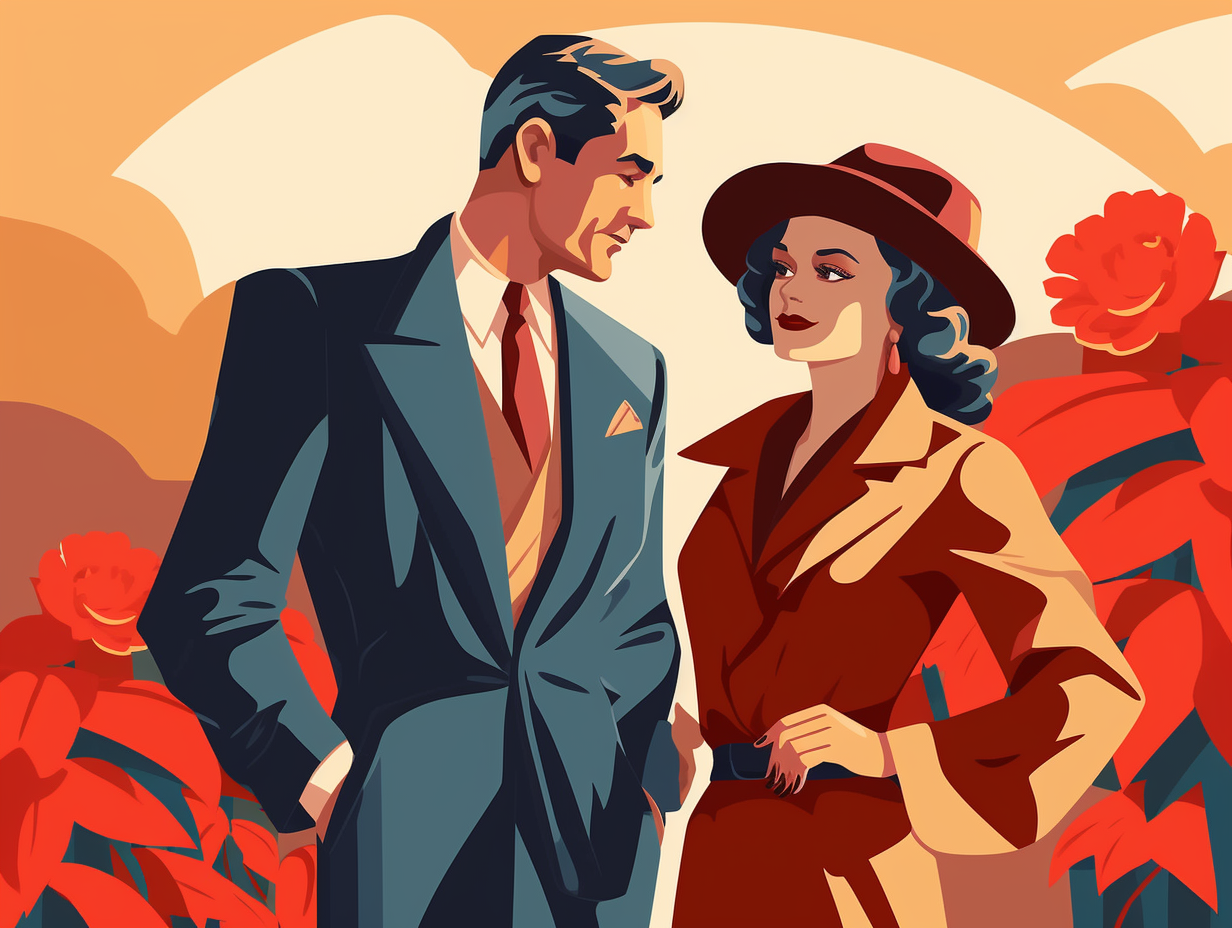
10. Hollywood Sign Makeover
In the 1940s, the iconic Hollywood Sign faced quite the identity crisis, going from huge land-owner to a minimalist trendsetter: Following a period of deterioration, the letter "H" was knocked out in 1944, and the "land" section dropped off in 1949, ultimately leaving us with the simpler, yet more glamorous, "Hollywood". Initially erected in 1923 as a short-lived advertisement for local real estate, the sign embraced its fate as a symbol of American cinema's heartland and was restored with steel prowess in 1978.
Source => en.wikipedia.org
11. Hitchhiking on the Big Screen
Before they were "Thelma & Louise" or "Harry & Sally," Claudette Colbert and Clark Gable were the original American road-trippers, thumbing their way into our hearts: "It Happened One Night" (1934) may have showcased hitchhiking in cinema, but it didn't invent the trend – that thumb-out technique was already popular during the Great Depression era, reflecting its economic struggles through its captivating characters and storylines.
Source => deepfocusreview.com
Related Fun Facts

